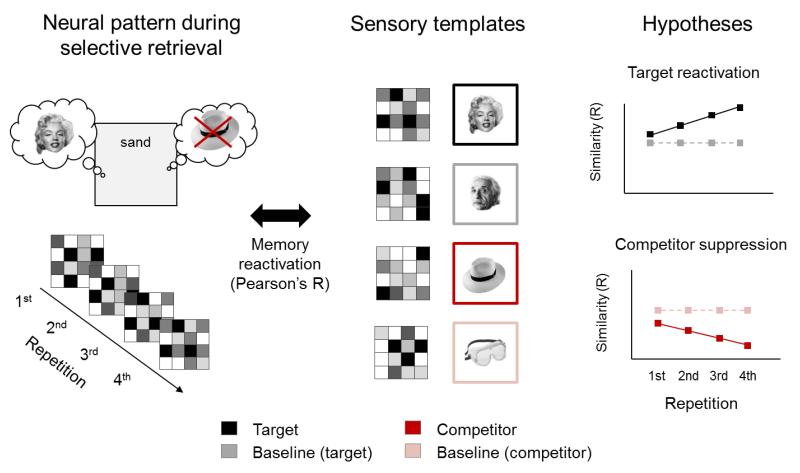Figure 2. Rationale of the item-specific canonical pattern analysis approach.
For each region of interest, we extracted multivoxel activity patterns elicited during a given selective retrieval trial (left), and computed similarity with the canonical neural templates obtained from the sensory pattern localizer (middle). Item-specific similarity was assessed by correlating the selective retrieval pattern in a given region of interest, trial-by-trial, with the item-unique template of the current target, the template of the current competitor, and the templates of baseline items that were initially trained and came from the same categories as the target and competitor, respectively, but were never cued by a reminder word during the selective retrieval phase. The graphs show the hypothesized changes in pattern similarity across the four repeated retrieval trials. As sketched in these graphs, we expected the patterns during target retrieval to show increasing similarity with the target template (e.g. Marilyn Monroe), compared with baseline first associates from the same category (e.g. Albert Einstein), and decreasing similarity with the competing template (e.g. hat), relative to baseline second associates from the same category (e.g. goggles).

